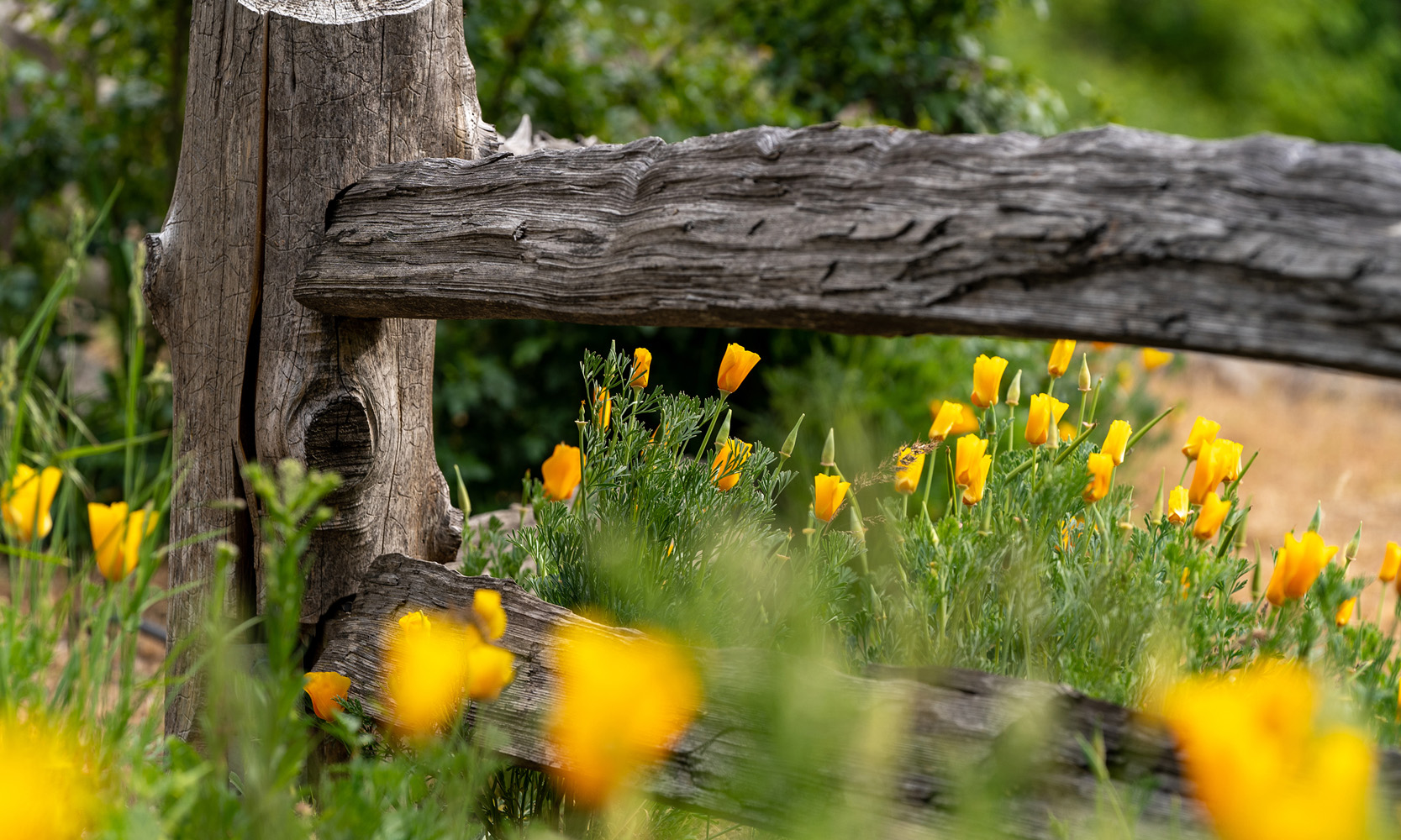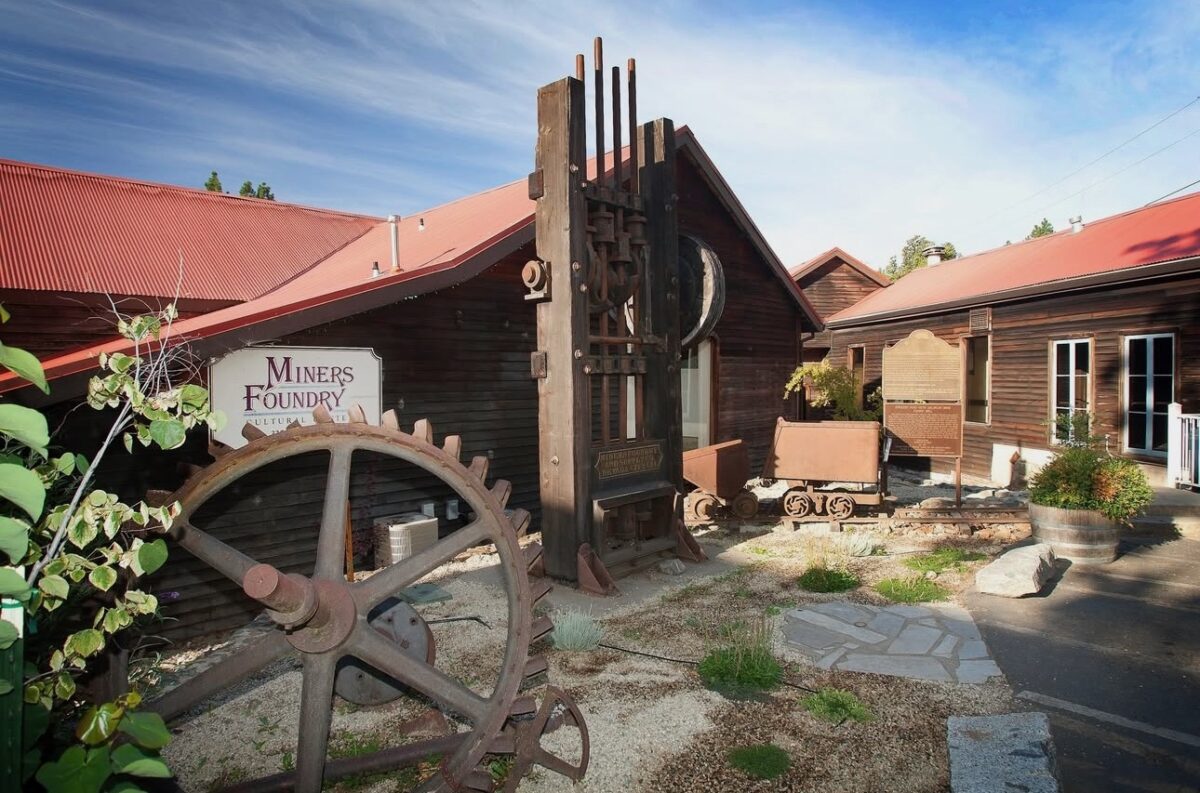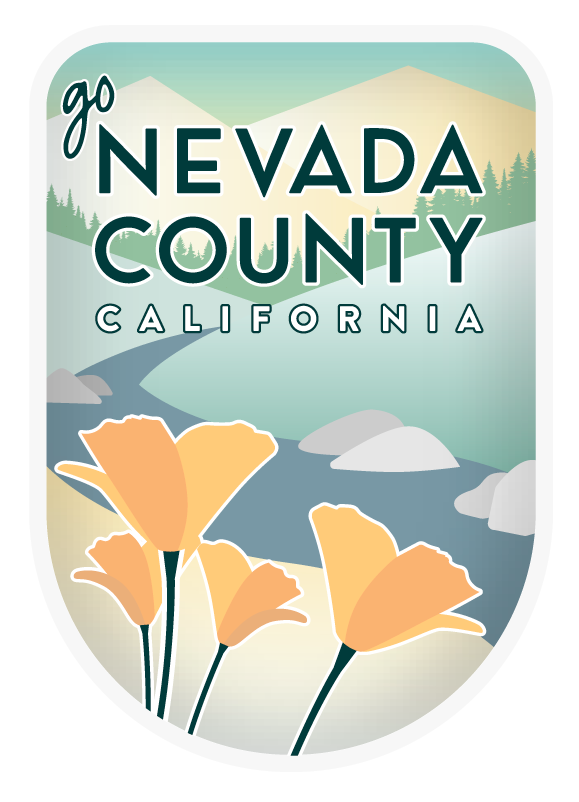Nevada County’s history sometimes shouts from its rooftops, as seen in the historic buildings that line its streets. Other times, it’s the state parks that offer a glimpse not just into the county’s past, but the world’s—such as the first environmental protections coming into fruition due to hydraulic mining. At other times, the tales are but a whisper, and it’s up to you to stop, look around, and listen. To begin your real-life treasure hunt, here are four historical figures and where you can learn their stories in the present.
Rail Genius Theodore Judah
Donner Summit & Tunnels
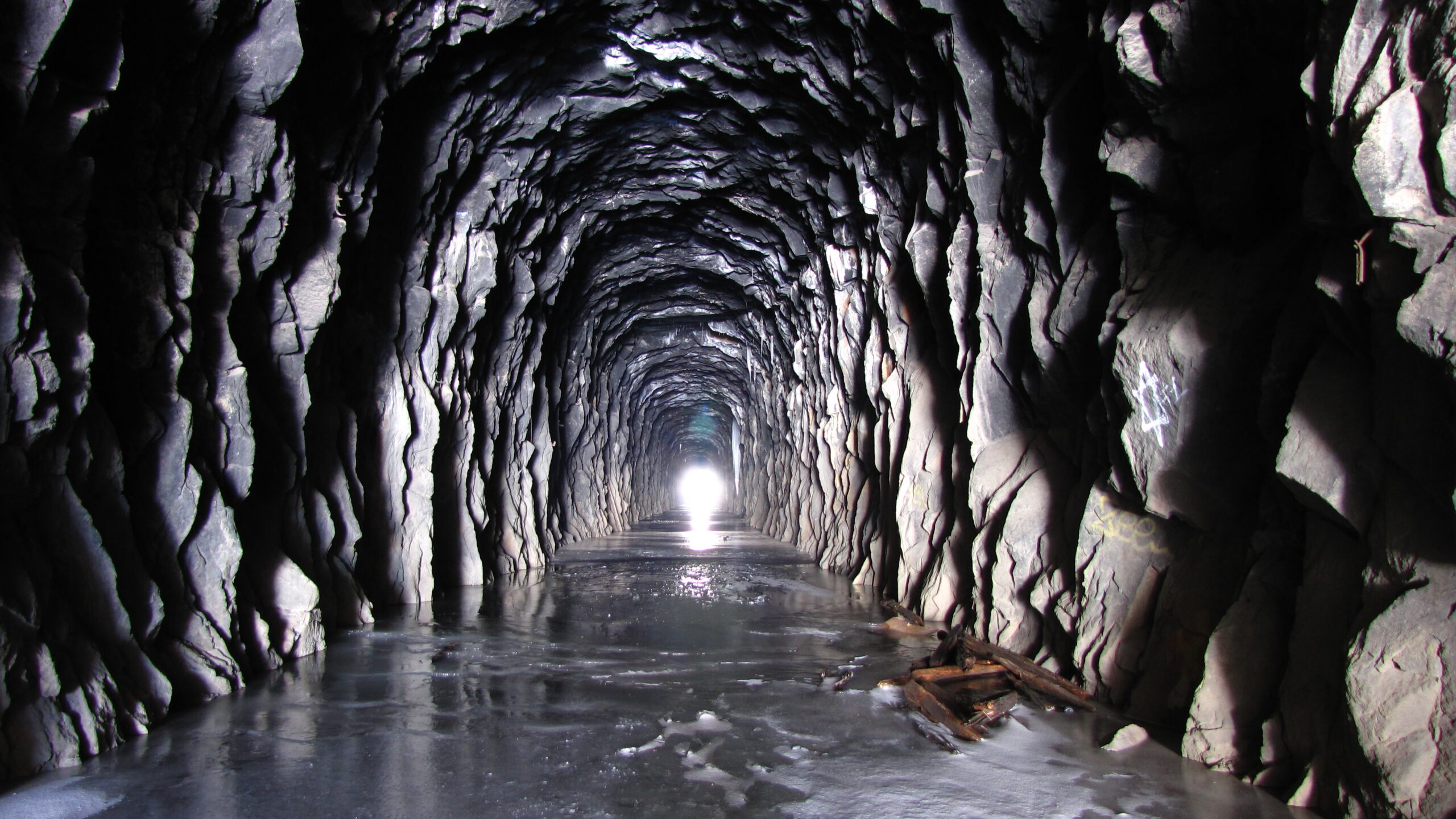
After studying civil engineering and becoming a railroad surveyor at 18, Judah moved to California in 1854. As Chief Engineer of the Central Pacific Railroad, Judah’s lifelong goal was to build a transcontinental railroad, earning him the nickname “Crazy Judah.” His vision was to route it through Donner Pass, which, though the least difficult path, would require carving 15 tunnels through granite. His engineering skills, political savvy, financial acumen, and the capital of promoters led to the creation of the Trans-Sierra leg of the first transcontinental railroad. However, it was the labor of Chinese workers that ultimately made his vision a reality. Tragically, Judah died before seeing his dream completed.
Opera Diva Emma Nevada
Emma’s Childhood Home – 528 E Broad St Nevada City
The arts played a key role in Nevada County even before the 20th century, with Emma Nevada serving as a prime example. Built in 1856, the home she grew up in belonged to Dr. William Wixom, a physician for nearby Alpha Diggins. At just three years old, Emma reputedly got up in front of the entire town and sang the “Star Spangled Banner” on the Fourth of July. Eventually, she moved to Europe and became an opera star, performing at La Scala, singing with Enrico Caruso, and becoming Queen Victoria’s favorite. She chose the stage name “Nevada” to honor her home city and county. Emma returned to Nevada City in 1902 to perform for a packed audience at the Nevada Theatre.
Master Engineer Lester A. Pelton
Miners Foundry Cultural Center – 325 Spring St, Nevada City
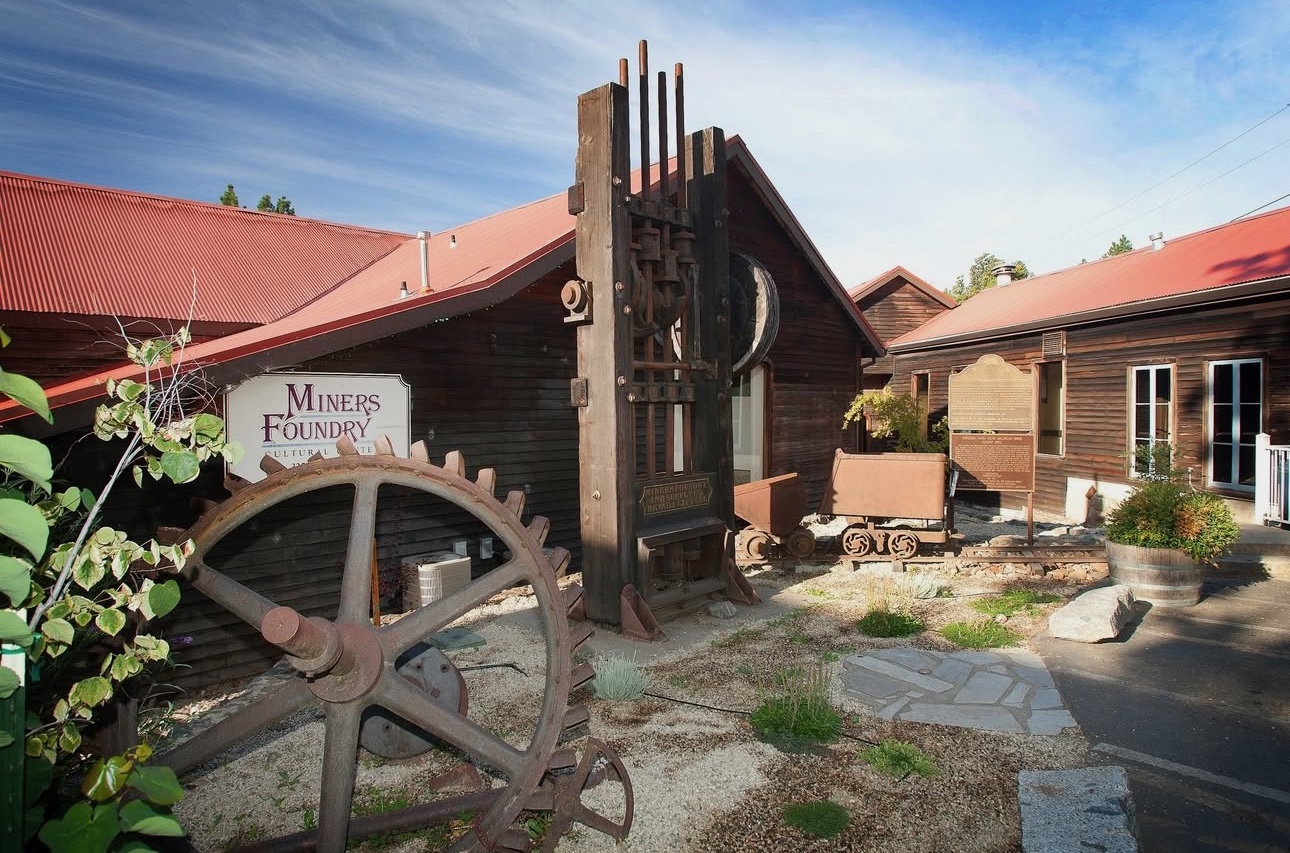
Young Pelton emigrated from Ohio during the California Gold Rush in search of wealth. Though he wasn’t successful as a gold miner, he became famous for inventing the Pelton Wheel. His design laid the foundation for hydroelectric turbine generators worldwide. The building where the first Pelton Wheel was developed and manufactured in 1878 dates back to 1856. This original brick structure served as a foundry for over 100 years and now houses the Miners Foundry Cultural Center, hosting hundreds of cultural events. The North Star Mining Museum offers a chance to see one of Pelton’s inventions in person.
Fashionista & Entertainer Lola Montez
Home from 1853-1855, 248 Mill St, Grass Valley
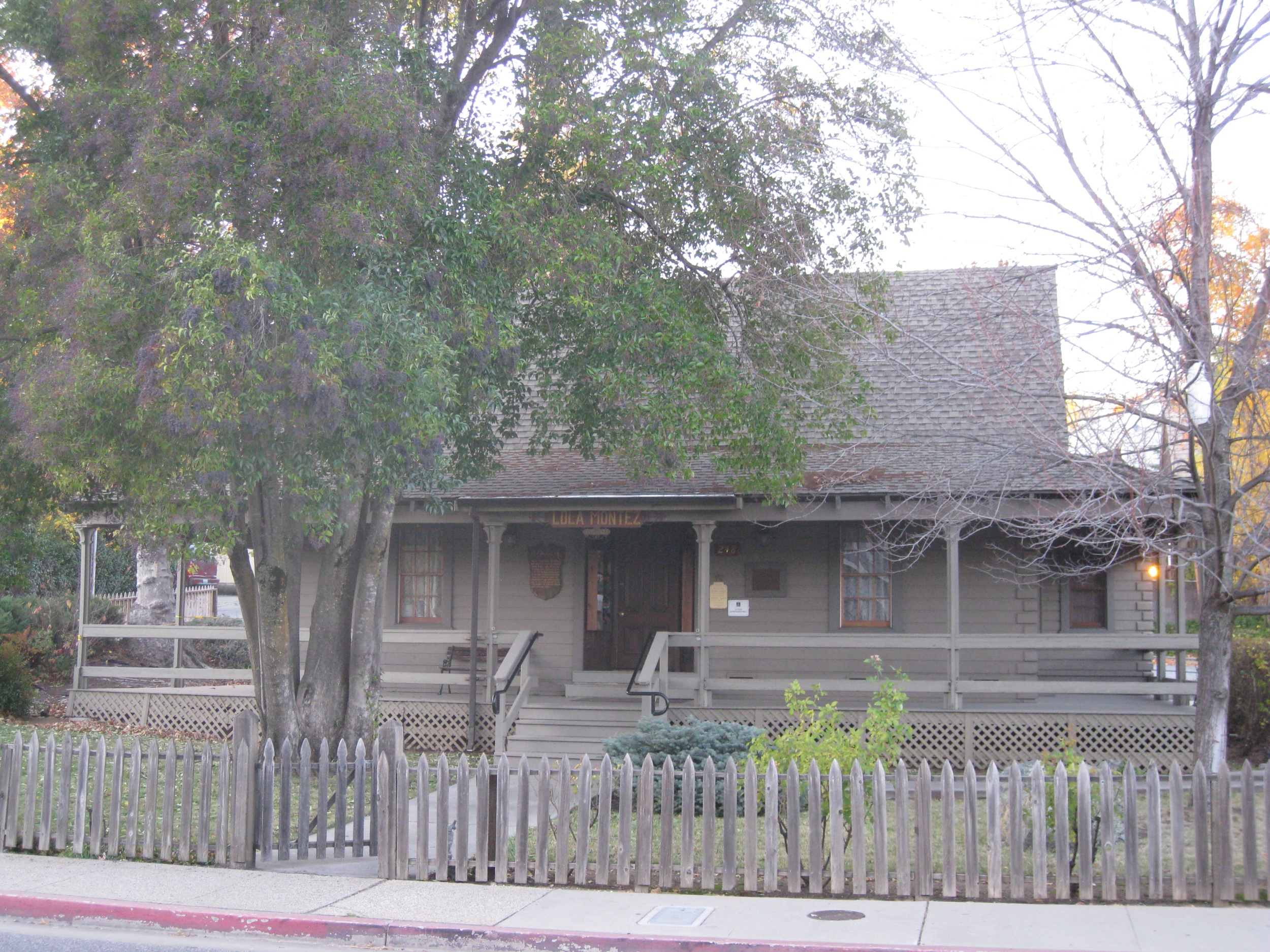
Born in Limerick, Ireland, Lola Montez’s story could easily be the plot of a full-length film. A talented dancer and actress, she became famous as a Spanish dancer, courtesan, and the mistress of King Ludwig I of Bavaria, who later made her Countess of Landsfeld. After traveling the world, she settled in Grass Valley in 1852, seeking a quieter life. Despite her eccentricities, such as her unusual collection of pets, the town welcomed her. Lola kept a variety of animals, including birds, a parrot, four dogs, a horse, a goat, and even two grizzly bear cubs. Though she enjoyed her time in Grass Valley, restlessness eventually led her to tour Australia. To learn more about Lola Montez and other untold stories, visit Nevada County’s museum—housed in a former convent!
